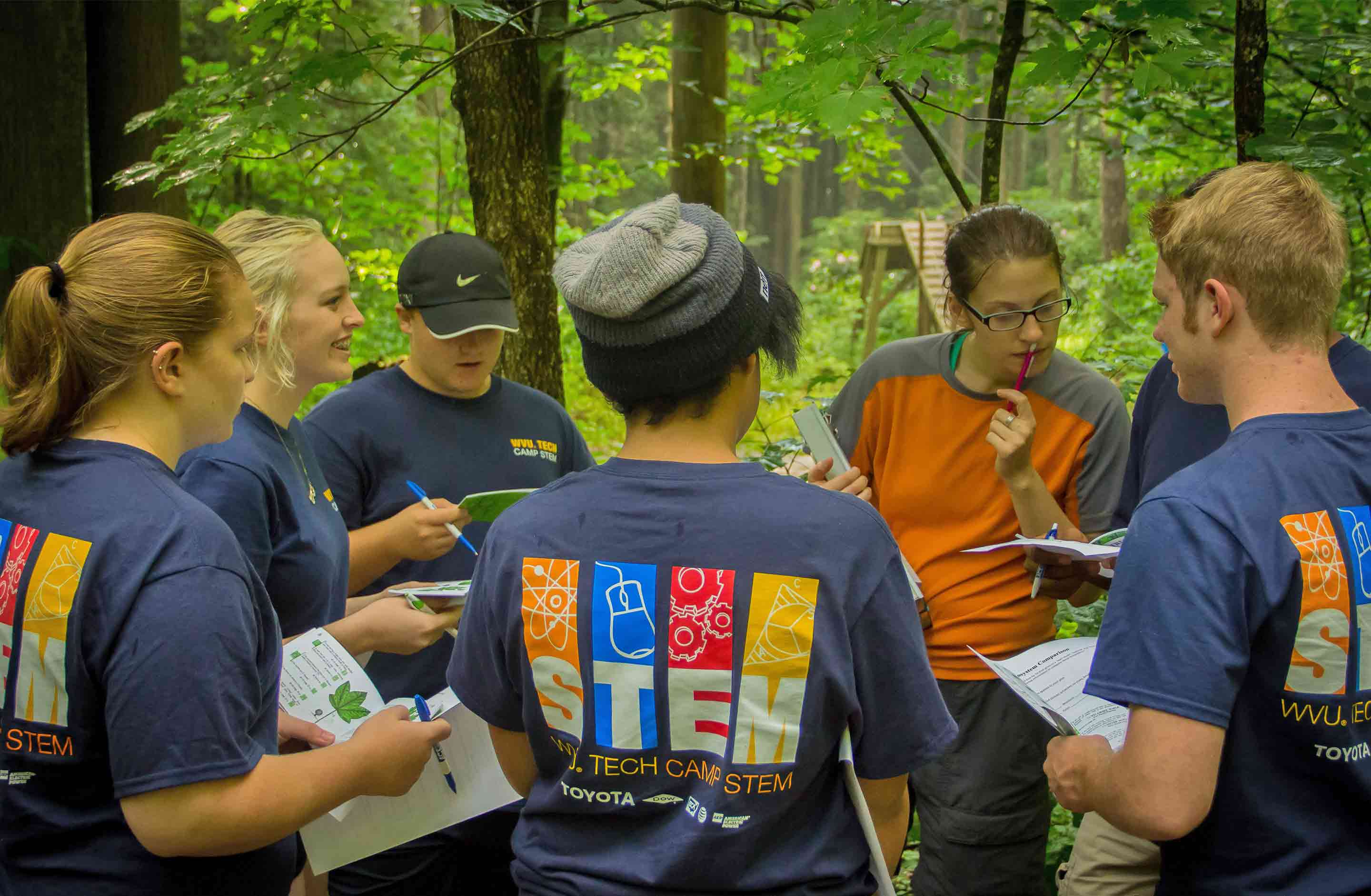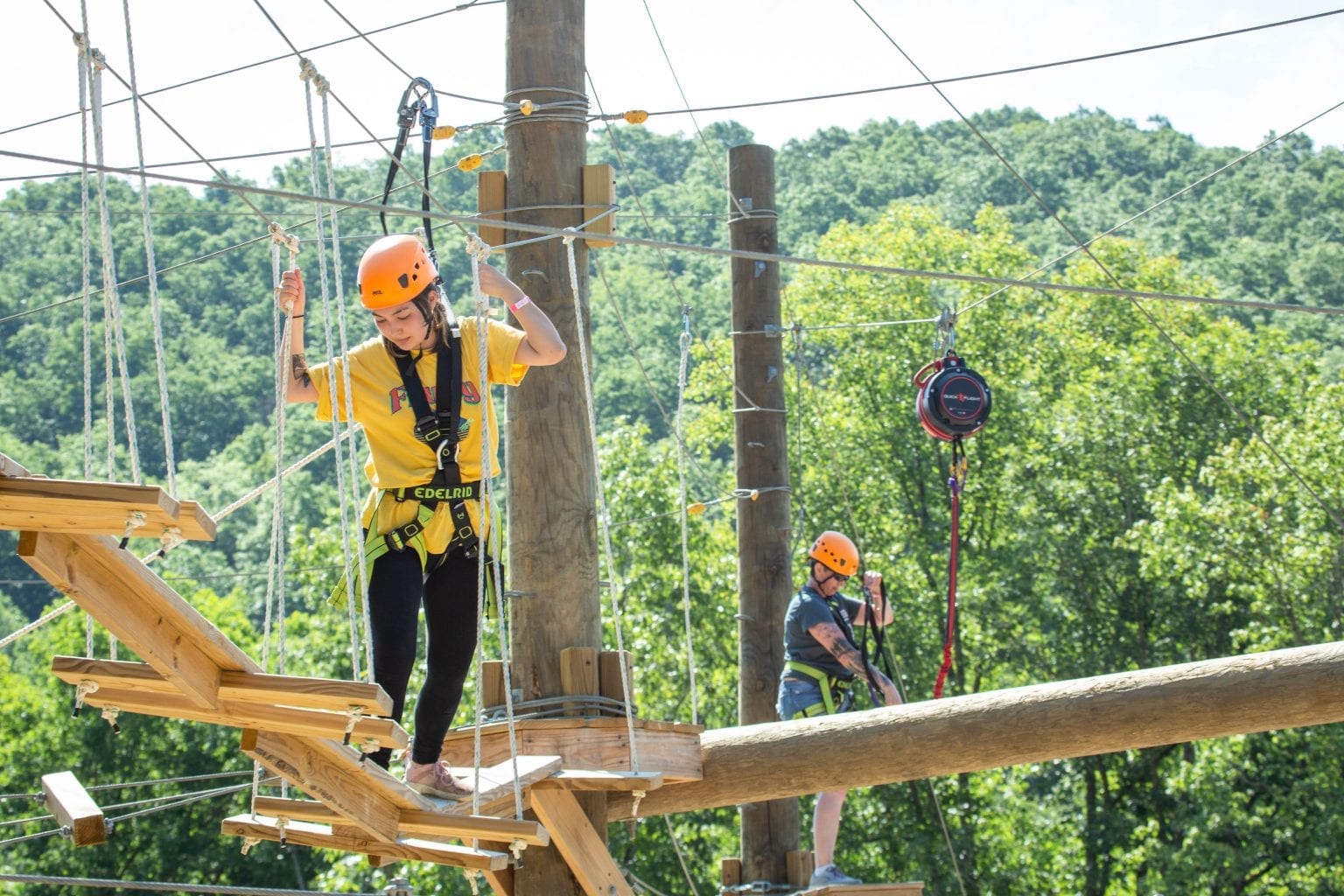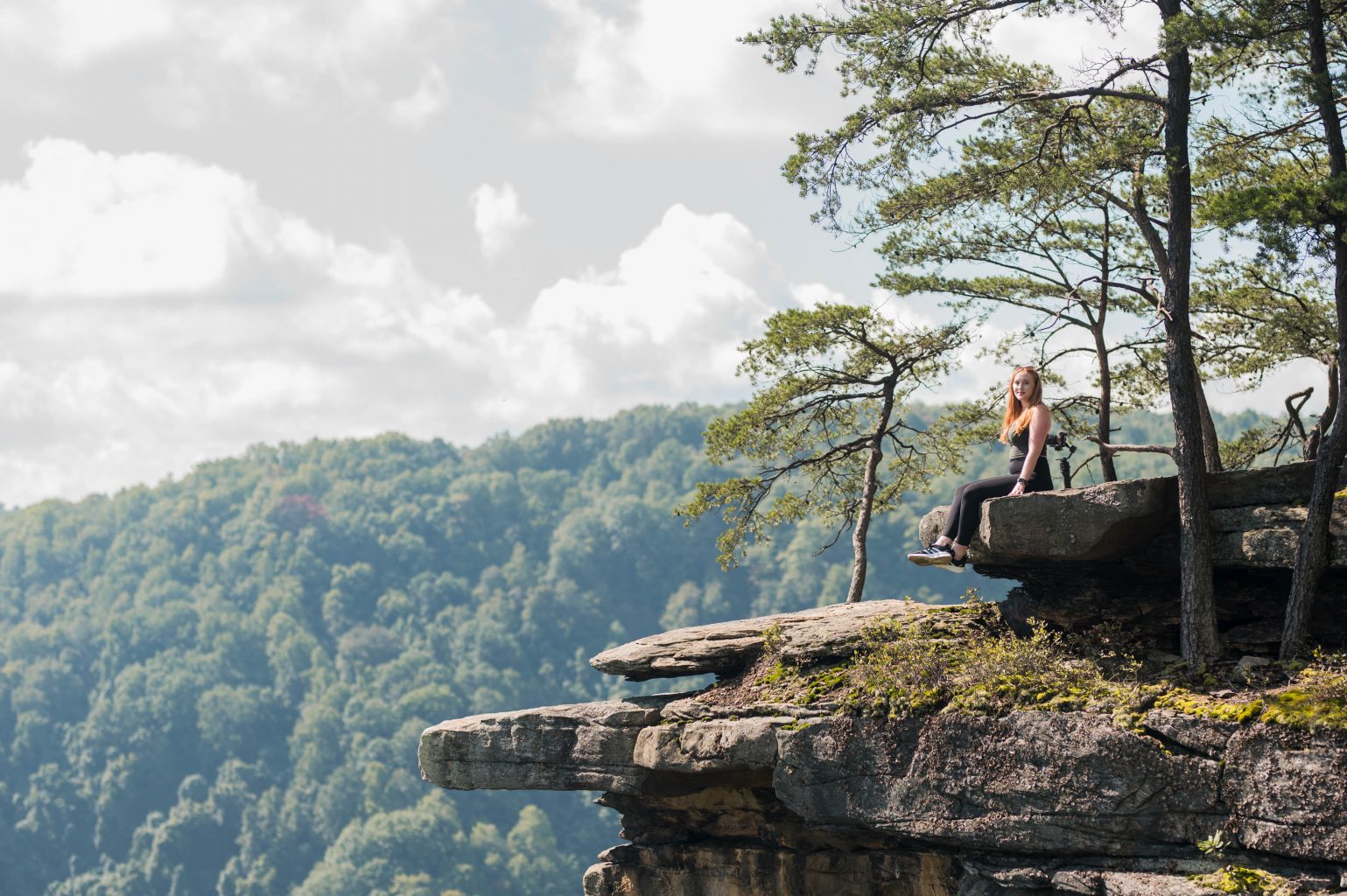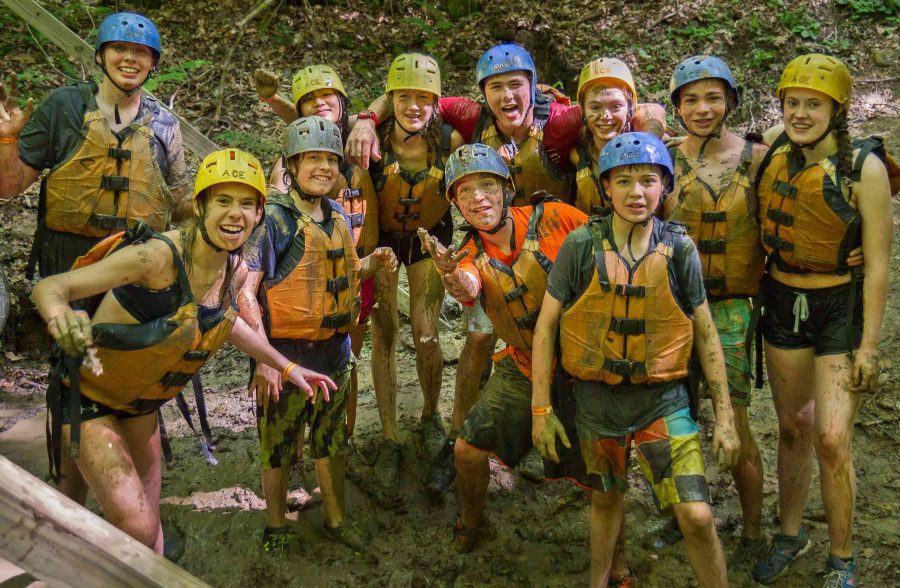
July 25, 2025
STEM Comes to Life at ACE Adventure Resort
At ACE, learning goes beyond the classroom. Our STEM-based field trips and group programs immerse students in hands-on experiences that explore real-world applications of science, technology, engineering, and math—all in the heart of the New River Gorge.
Whether they’re testing physics on the zip line, studying ecosystems during a guided hike, or calculating water flow on a whitewater rafting trip, students gain a deeper understanding of STEM concepts through active, outdoor learning. It’s education, adventure, and unforgettable fun—all rolled into one.

BY Tanya Humphrey
Tanya is the Sales Manager at ACE Adventure Resort. When she’s not helping families discover the beauty and adventure of the New River Gorge, she’s out exploring the outdoors with her kids.
RELATED ADVENTURES

Aerial Adventure Park
$59.00 / $39.00
4
Year Round
Half Day
Beginner, Intermediate, Difficult









